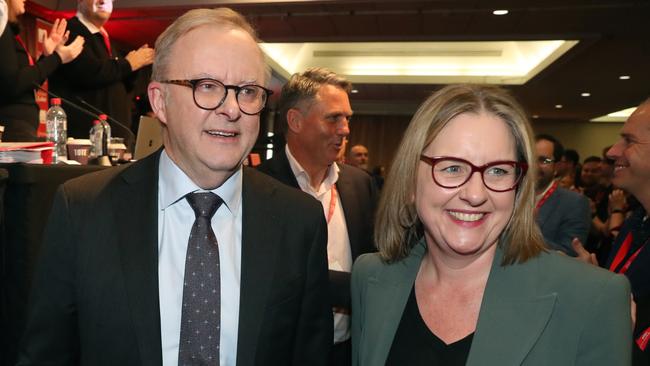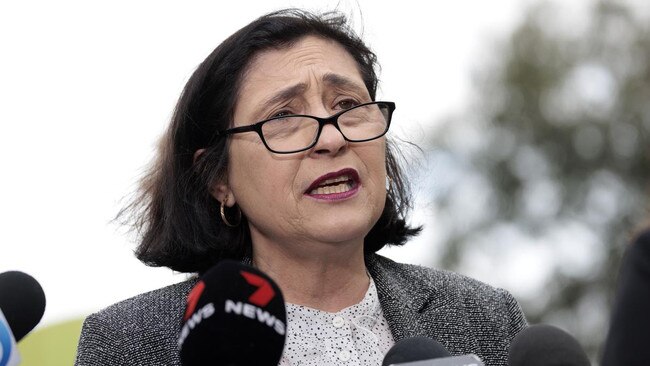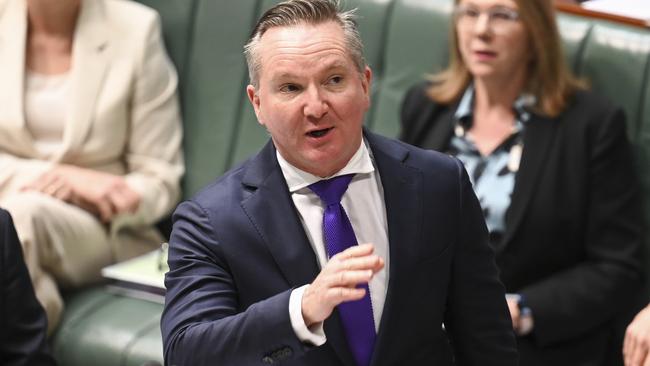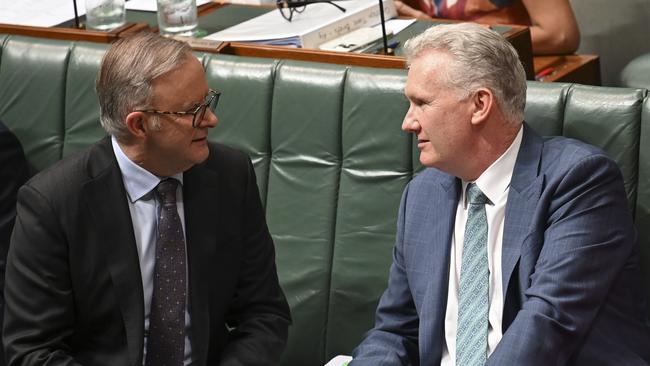
Yet at the beginning of the month, alarm bells were ringing in the New York head offices of rating agencies Standard and Poor’s and Moody’s. They feared that Victorian was set to become a modern day version of the 2001 Enron crash. The ratings agencies escaped major damages from their inflated ratings of Enron, but as former Victorian Premier Jeff Kennett had pointed out, they were vulnerable to damages for their Enron style inflated ratings of Victoria.
As a result of the Kennett warning, the president of S&P Global Douglas Peterson and rival Robert Fauber, the president of Moody’s, must have been aware of the unique dangers to their global operations that were emerging in Victoria.
Accordingly, given its huge borrowings, unless there was a dramatic change in Victorian policies the state would need a severe credit rating downgrade – an event that many argue should have already happened.
But then comes the good news. In the last seven days, clear signs are emerging of new policies covering gas and infrastructure. If pursued, the state will not require a ratings downgrade because its riches will be tapped.
Given the rating situation, the change is not a surprise, but earlier this month Victoria’s energy minister Lily D’Ambrosio boldly declared that there was a fairy tale notion that there are “all these (gas) reserves” yet to be tapped in Victoria … there is no gas.

The minister was actually declaring that one of the world’s most foremost gas reserve estimators MHA Petroleum Consultants, (now part of the giant Sproule group) was simply wrong in calculating that one deposit in Victoria’s on shore gas reserves totalled 4.996 trillion cubic feet of gas. The deposit did not require fracking.
That’s some 60 per cent of the last 50 years of Bass Strait production, and to that the state could add further potential reserves and other discoveries.
The minister was repeating the complete nonsense she had stated many times. Her “no on shore gas” claims had been corrected by the Federal Resources Minister Madeline King.
In addition, Federal Energy Minister Chris Bowen has changed policy and has declared that gas has to be an important part of Australia’s energy mix.

Victoria’s industry and households face severe shortages of gas next year and there was a danger of blackouts simply because the Victorian government believed holding its inner city “green seats” was more important than supplies of energy.
If that policy was continued, it would result in an industry and population exit, substantially reducing the Victorian tax base and the revenue required to service its borrowings.
It would force the New York heads to demand that their Australian operations slash Victoria’s credit ratings, forcing up the state’s interest rates and making the government govern the state properly.
Suddenly there was a change. D’Ambrosio conceded that the state needed new gas supplies and that the state Department of Energy, Environment and Climate Action had warned that new gas supply was needed to “maintain reliable supply to gas consumers and to support increasing utilisation of gas power generation”.
With its extensive low-cost gas reserves that exist right on the national pipeline, Victoria is brilliantly placed not only to supply its own state but other states. And a gas power station can be placed in the Latrobe Valley to replace brown coal, and it’s enormous carbon emissions. (Nuclear can follow if it makes sense)
Suddenly, the state's energy position is transformed from a high-cost shortage plagued sector to one with low cost and reliability.
That statement by D’Ambrosio and her department opens the way. The “green seats” may be lost as the price of the prosperity of the residents in the state.
Then came the stunning reversal in infrastructure. Deputy Premier Ben Carroll, whose portfolio is education, suddenly emerged as a potential saviour of the Melbourne airport rail link. The proposed route passes through his electorate and includes a station in the electorate. He now plans to drive the negotiation and tap the promise of Commonwealth money and probably investment from the airport.
But the project can’t proceed at the same time as the vast sums being proposed for the so-called “train to nowhere” proposal in the southeastern suburbs.
If that project is dropped, the state’s outlook is transformed because not only does it have an airport link, but government sources say there is a one or two major investment proposals in the pipeline that would transform both the state and the city of Melbourne and do not require government money. Victoria with proper government is also well-placed to reduce the housing crisis because of its abundant inner city and outer suburban land.
The Victorian morass is not solved, but suddenly there are signs of a breakthrough where common sense may prevail.
Victoria is Australia’s second-largest state by population, and it is very difficult for the nation to prosper without Victoria.
Of course, Victoria is like the rest of the country will be hit by the lower productivity and higher costs engineered by Anthony Albanese and Tony Burke in their industrial relations legislation.
More Coverage






Suddenly the outlook for Australia’s beleaguered state, Victoria, has changed dramatically. It now has a chance to join the prosperity of the rest of the nation, and its prosperity may even exceed many other states.